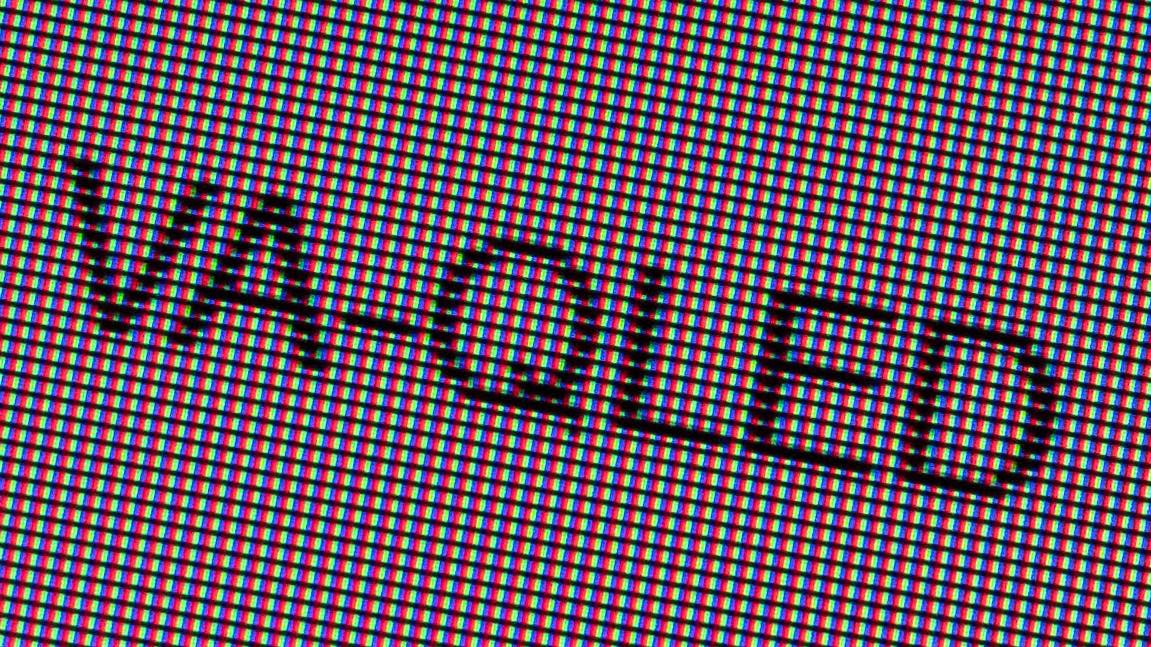show
Recently, a well-known South Korean multinational announced that it would start producing quantum dot screens, known as QLED or QD-OLED. Although this innovation is very similar to OLED (organic light emitting diode) technology, the truth is that it manages to expand the colour palette and substantially improve other aspects. If you are wondering what quantum dot displays are, in this article we will try to summarise this concept and see why it is making waves.
What is a quantum dot?
To date, researchers have studied the applications of quantum dots in transistors, photovoltaic panels, oncological detection techniques and in the emission of various wavelengths in LEDs (quantum light emitting diodes or QD-LEDs). A technical note: we should not forget that light-emitting diodes (LEDs), which are used to emit light onto a monitor, are only a few nanometres long. Because of their very small size, they are governed by the laws of quantum mechanics, and not by those of physics.
On the other hand, quantum dots can also be applied to computing, where quantum cubits or bits could replace the current binary system, based on the use of 0 and 1.
Within the field that we are interested, that of LED displays, we must take into account that QLED offers many benefits for the industry in comparison to existing technologies. One of them is that it does not require the use of rare or expensive metals (as is the case, for example, with coltan for the production of mobile phones). In addition, its manufacturing and recycling process is much less polluting than that of screens using inorganic semiconductors. Another advantage of QLED is that energy consumption during the production chain is lower, as the materials used have the natural ability to self-assemble, as do peptides (i.e. the binding of various amino acids) of living cells, which speeds up the process.

How do QLED displays work and what are the advantages?
QLED displays use a layer of nanoparticles between their panel and the LED backlight, which increases the colour range and brightness of the display. These particles can be applied to any single display panel technology and can increase the colour range of the display to cover up to 135% of the sRGB colour spectrum, providing an optimal high dynamic range (HDR) viewing experience. This is essential in order to provide clear images.
QLED TVs can therefore take advantage of quantum dot technology to provide high brightness, an element that will affect picture quality. In addition, it should be noted that the higher the brightness, the better the contrast ratio, understood as the difference in light intensity across the black and white colour spectrum.
But what is the difference between QLED televisions and OLED screens? Basically, they differ in technology. Quantum dot monitors are made of an inorganic material that gives them a long life, as well as extraordinary colour and brightness. OLED televisions, on the other hand, use an organic material with a lower performance. In turn, as we said at the beginning, the colour palette of the QLED is broader. This technology, as with solutions for implementing black such as direct full array, helps to extend the colour spectrum. The viewing experience of quantum dot displays is also more realistic than with OLED monitors.
With all of the above, we have tried to detail what quantum dot displays are and how they improve OLED technology. In any case, if you are considering purchasing an advertising LED display for professional use, whether it is an indoor or outdoor LED screen, our experts will help you to solve all your doubts.
